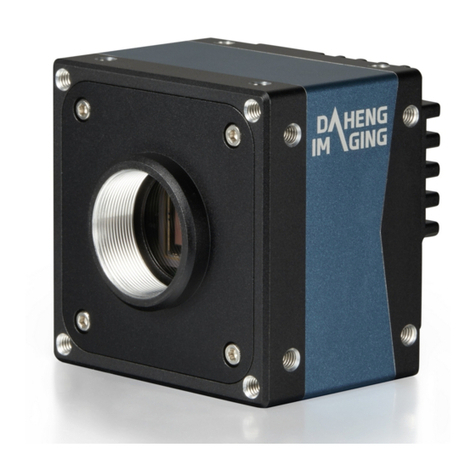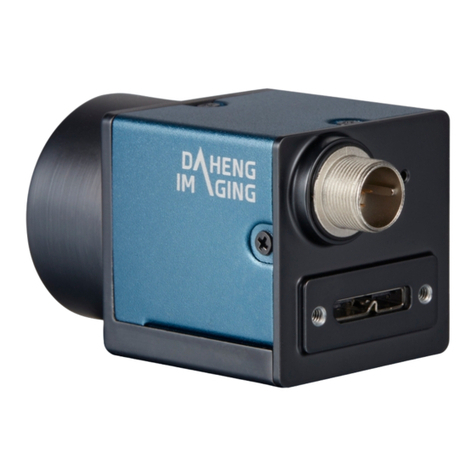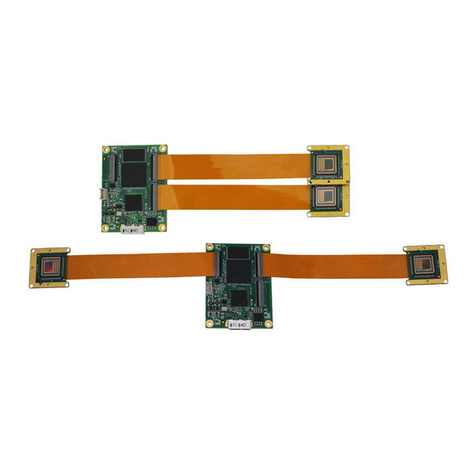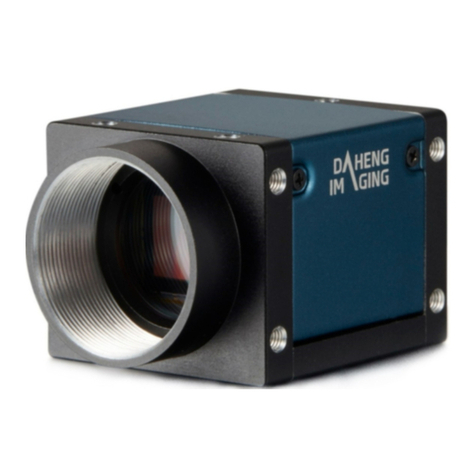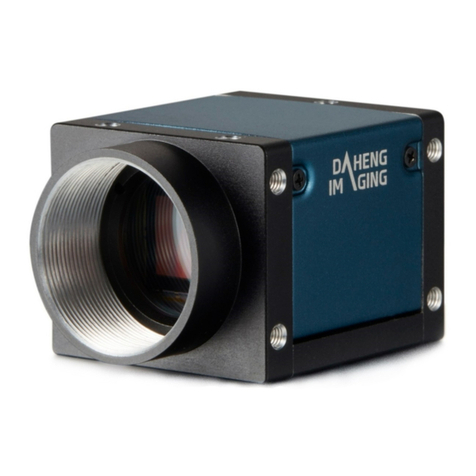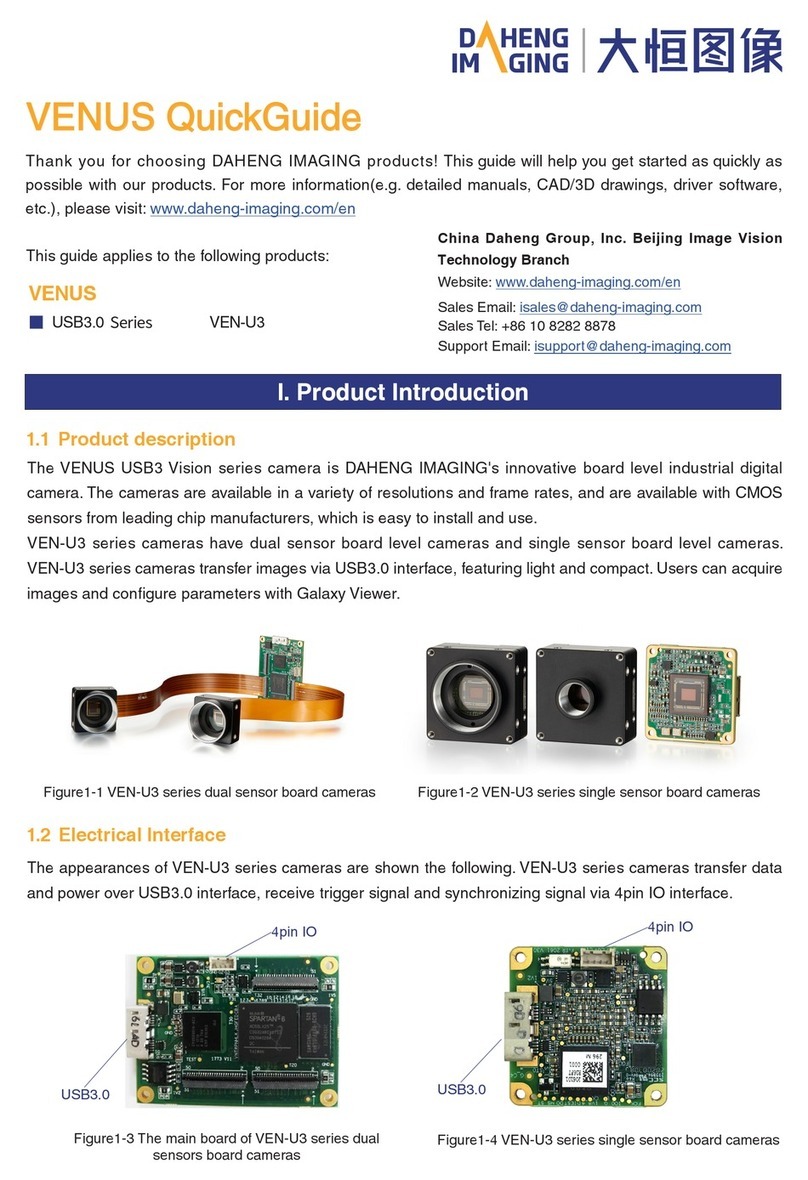
© China Daheng Group, Inc. Beijing Image Vision Technology Branch IV
8.5.2. Stream Channel Packet Size ............................................................................................97
8.5.3. Stream Channel Packet Delay..........................................................................................98
8.5.4. Bandwidth Reserve ........................................................................................................... 99
8.5.5. Frame Transfer Control ..................................................................................................... 99
8.6. Events ................................................................................................................... 99
8.6.1. ExposureEnd Event.........................................................................................................101
8.6.2. BlockDiscard Event .........................................................................................................101
8.6.3. BlockNotEmpty Event......................................................................................................101
8.6.4. FrameStartOvertrigger Event..........................................................................................101
8.6.5. EventOverrun Event........................................................................................................101
8.6.6. FrameBurstStartOvertrigger Event..................................................................................101
8.6.7. FrameStartWait Event.....................................................................................................102
8.6.8. FrameBurstStartWait Event.............................................................................................102
9. Software Tools.............................................................................................................103
9.1. GigE IP Configurator ........................................................................................... 103
9.1.1. GUI...................................................................................................................................103
9.1.2. User Guide.......................................................................................................................104
9.1.2.1. Refresh Devices........................................................................................................104
9.1.2.2. Auto Config ...............................................................................................................105
9.1.2.3. Display Information...................................................................................................106
9.1.2.4. Configure IPAddress................................................................................................106
9.1.2.5. IP Configuration Mode..............................................................................................107
9.1.2.6. Change the Device User ID......................................................................................108
9.1.2.7. Reset Device and Reconnect Device.......................................................................108
9.1.3. Precautions......................................................................................................................108
9.1.3.1. Check IPAddress Format.........................................................................................108
9.1.3.2. Length Limitation of User-defined Name..................................................................109
9.1.3.3. Tips............................................................................................................................109
9.2. LUT Create Tool ...................................................................................................110
9.2.1. GUI................................................................................................................................... 110
9.2.2. User Guide........................................................................................................................111
9.2.2.1. User Case..................................................................................................................111
9.2.2.2. GroupBox...................................................................................................................111
9.2.2.3.Auto Create Lut......................................................................................................... 115
9.2.2.4. Save Lut.................................................................................................................... 116
9.2.3. Precautions...................................................................................................................... 117
9.2.3.1. Read from Device..................................................................................................... 117
9.2.3.2. Write to Device.......................................................................................................... 117
9.2.3.3. Directory Structure.................................................................................................... 117
9.3. Flat Field Correction Plugin..................................................................................117
9.3.1. GUI................................................................................................................................... 118
9.3.2. User Guide....................................................................................................................... 119
9.3.2.1. FFC Execution Steps................................................................................................ 119
